In the early years of the club, West Bromwich Albion were operated by a seven-man player committee. The club was supported by each player paying a weekly fee of 6d (six penny). Albion's initial Chairman was Henry Jackson, appointed in 1885. The club becoming a limited-company on June 18, 1891. The other early chairmanmen who were chairman of Albion were Jem Bayliss, and Billy Bassett, both of who had previously played for Albion. From 1878 to 1986, there were always Albion player or former player on the board of directors or committee. Bassett was appointed director in 1905. Albion director on 1905 after his resignation from the board in all its whole. Albion was in serious financial crisis and received a writ issued to the club by their bank, however, Bassett as well as the chairman returning Harry Keys rescued the club through local fund-raising efforts. Bassett was elected chairman in 1908 helping the club stay out of bankruptcy in the year 1910, by paying players' wages for the summer from his own pockets. He is Albion's longest-serving chairman in the role, holding it until his death in 1937. The longest-serving director at Albion was the Major H. Wilson Keys, between 1930 and 1965 and the 15-year tenure as Chairman. Keys became vice-president at the Football Association in 1969.
Sir Bert Millichip served as Albion chairman from 1974 until 1983, following which Millichip chose to focus on his duties in the role of chairman for the Football Association. In 1996, Albion became an open-ended public limited company and issued shares to supporters for PS500 and PS3,000 per share under the chairmanship by Paul Thompson. The shares were traded in the Alternative Investment Market, but the club resigned from the stock exchange to be a private corporation and again, in 2004. The company's name was changed to West Bromwich Albion plc to West Bromwich Albion Limited, which became an affiliate to West Bromwich Albion Holdings Limited. Jeremy Peace took up the post in 2002 after a disagreement between the previous Chairman Paul Thompson and manager Gary Megson led to Gary Megson being forced by Paul Thompson to leave the club.
In September 2007 Peace bought additional shares of West Bromwich Albion Holdings Limited increasing his shareholding to 50.56 percent. The acquisition triggered a requirement pursuant to the Takeover Code, for him to make a compulsory cash offer to purchase the remaining shares of WBA Holdings Ltd and WBA Ltd. The following time, Michelle Davies became Albion's first female director. She resigned in the year 2010. Jeremy Peace announced in June 2008 that he was seeking for a significant new investor to the club, however no concrete proposals were made before the deadline of July 31, 2008.
On the 24th of July, Jeremy Peace announced that the sale exclusivity agreement was terminated because a buyer who was interested in buying the property was in no position to meet the requirements of the sale.
In July of 2016, Peace announced that he had found an investor in the shape of Chinese businessman Lai Guochuan. The amount agreed to was thought to be PS200 million. The takeover was completed on time 15 September of the same year. Lai was initially named John Williams as Chairman of the club, but replaced Li Piyue as an associate after the club's downfall during the 2017-18 season.
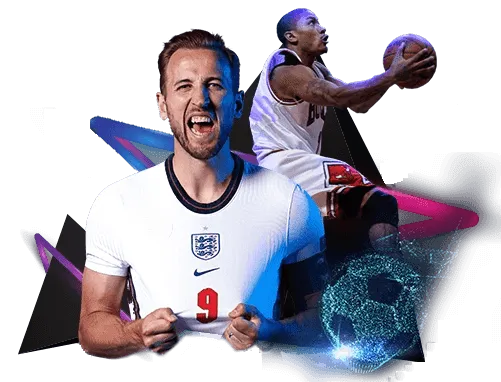
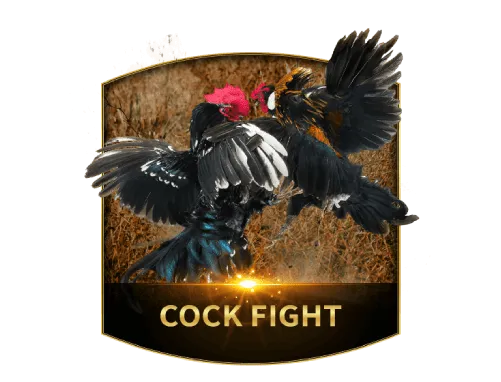

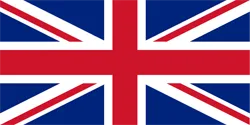 ENG
ENG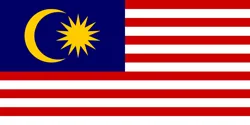 MYS
MYS 简体中文
简体中文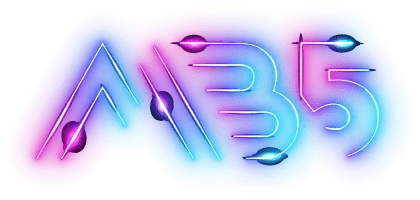





















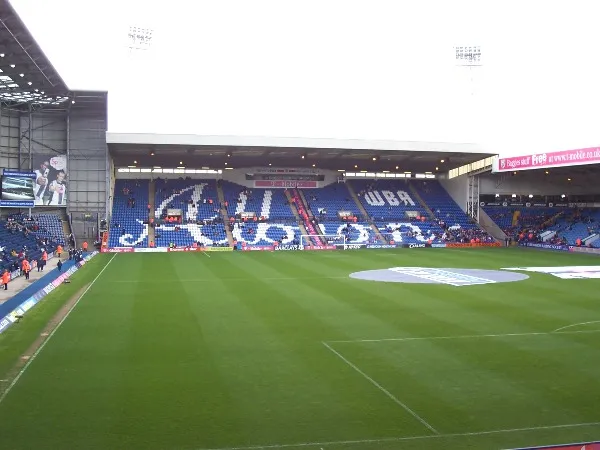
 ENG
ENG IRL
IRL NGA
NGA DEN
DEN SCO
SCO
 POR
POR


 Lárus Sigurðsson
Lárus Sigurðsson Thomas Gaardsøe
Thomas Gaardsøe Diomansy Kamara
Diomansy Kamara Youssouf Mulumbu
Youssouf Mulumbu Matheus Pereira
Matheus Pereira


